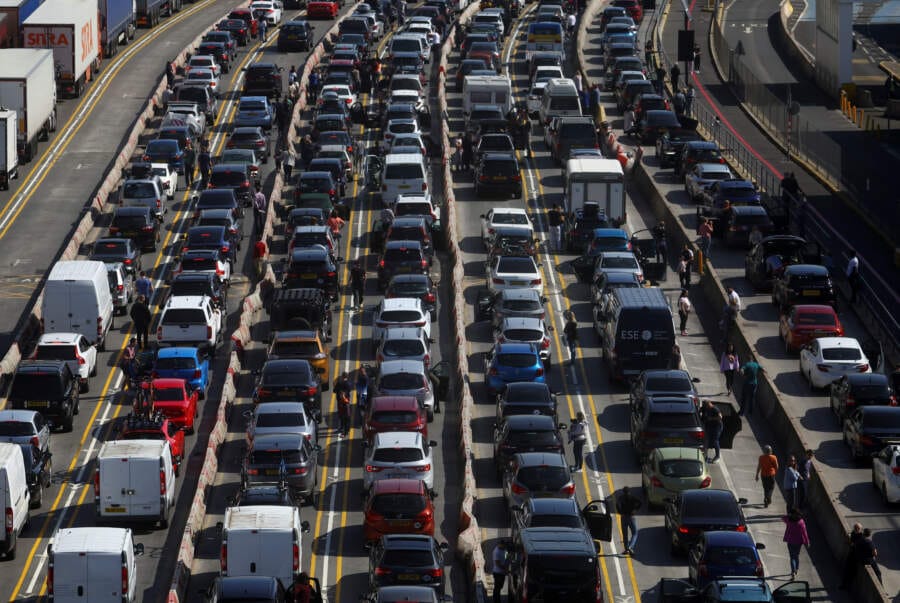
(Reuters) – British motor and home insurers are set for significant losses in 2022 and 2023 due to inflationary pressures and low premium rates, according to a report by professional services firm EY.
Motor and home insurers also have been hit by a dip in premiums in the wake of the British financial regulator’s pricing reforms in January this year, which requires firms to charge renewing customers the same as new customers.
Motor insurers will be affected by a rise in the cost of claims due to higher energy prices, labour costs and materials, while home insurers will feel the brunt of high inflation and a hot and dry summer that sparked a surge in subsidence claims.
The energy cost crisis is likely to lead to more homes being less heated this winter, which could result in freezing pipes and a subsequent rise in damage and repair costs, said EY’s UK insurance leader Rodney Bonnard.
Motor insurers are expected to post a loss-making net combined ratio (NCR) – a measure of profitability in the insurance sector – of 115% this year, EY’s UK Motor and Home Results Analysis showed. A combined ratio of more than 100% indicates an insurer is making an underwriting loss.
That forecast would be the largest loss since 2010 for motor insurers, which had benefited from fewer claims during low levels of commuting during COVID-19 lockdowns. EY expects an NCR of 114% in 2023.
British home insurers are also set to suffer their worst loss in 15 years in 2022. The home insurance market’s NCR is expected to slump to 116% this year, before recovering to 109% in 2023, the study said.
EY’s report however predicted rates of motor and home premiums would jump in 2023, on average adding 66 pounds and 75 pounds per policy respectively, helping offset negative factors for the sector.
(Reporting by Muhammed Husain in Bengaluru; Editing by David Holmes)


